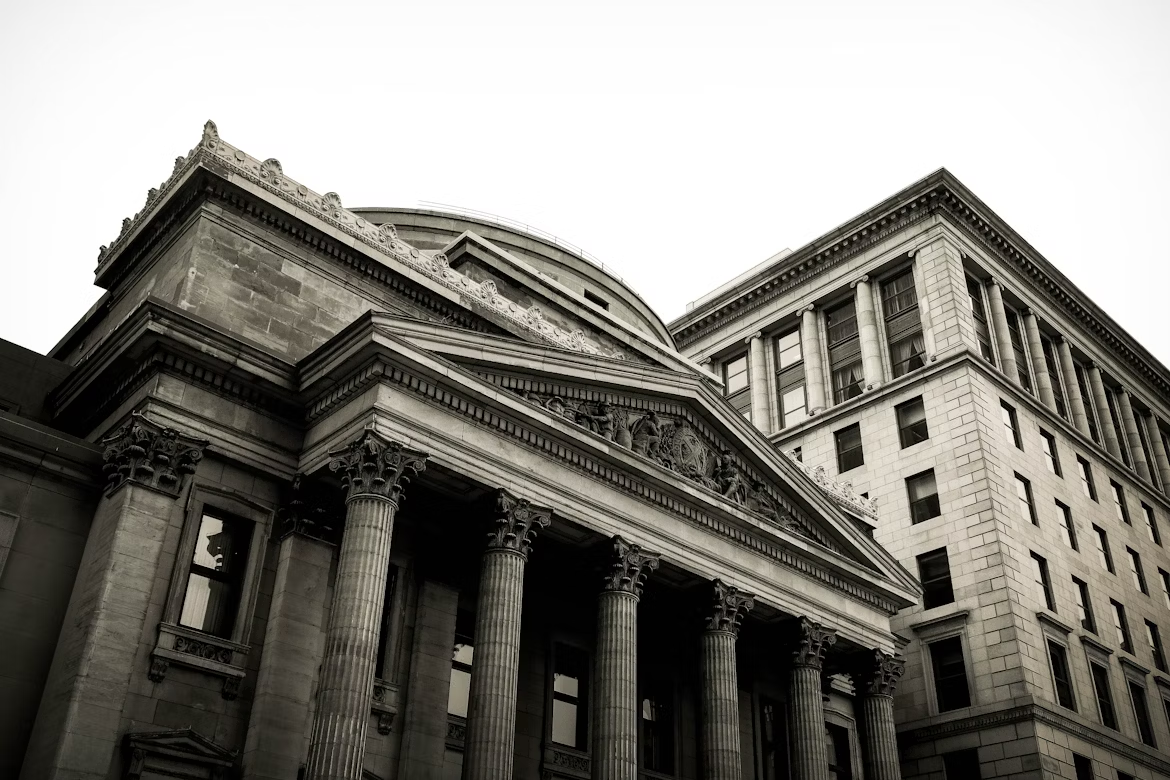
The grand struggle between the president and the chair of the Federal Reserve may have come to a critical inflection point. The Trump administration continues to tighten the rope around Jerome Powell, casting doubt upon the independence of the central bank. Though the president declared unwillingness in dismissing Powell before his term ends, his administration moves with quiet intent. A $2.5 billion renovation project becomes the pretext while Treasury Secretary Bessent announces a formal process to select Powell’s successor, a strategy not publicised but clearly known. It is not a direct removal but a pressure campaign dressed in protocol, designed to provoke resignation or to justify an expulsion.
Powell’s rise began in 2017, appointed by the same president who now questions his station. Chosen to replace Yellen, he carried not only a new vision but also a new identity: a Wall Street veteran, a Princeton scholar, and a Georgetown-trained lawyer. From Morgan Stanley to partnership at Carlyle, his résumé was heavy with capital. When he joined the Fed Board in 2012, few foresaw the tribulation he would later face. Yet he held the rope tight, the same one now being tied around his neck.
In the wake of the COVID-19 collapse, Powell unleashed unprecedented stimulus, slashing rates to near zero and overheating its money printer to buffer the economy. Some called it bold, while others called it reckless and destructive, a trigger to hyperinflation. Powell called it "transitory". The administration called it failure. Now they accuse him of being politically driven, of resisting rate cuts in a year when tariffs rise and campaigns begin. And so, the president leans on pressure: public scorn, internal review, the renovation, and the search. Three successors stand at the gates: Hassett, Warsh, and Bessent — each bearing advantages, each part of the plan. Yet Powell holds the chair still, hovering between duty and survival. Whether he endures or yields will not only shape the Fed but also redefine the boundary and trust between government and the markets for a generation to come.
Source: CNN, Fortune, Bloomberg
Photos: Unsplash
